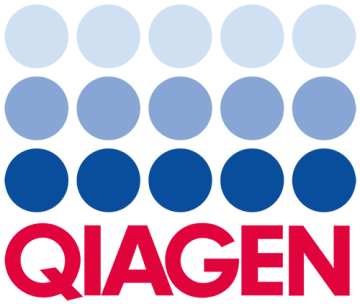Tetrahydrobiopterin Biosynthesis II
General Background tetrahydrobiopterin is a cofactor of several enzymes, including the aromatic amino acid hydroxylases tryptophan 5-hydroxylase 1, tyrosine hydroxylase, and
Pathway Summary
General Background tetrahydrobiopterin is a cofactor of several enzymes, including the aromatic amino acid hydroxylases tryptophan 5-hydroxylase 1, tyrosine hydroxylase, and CPLX-7067 (which are essential for the formation of the neurotransmitters dopamine, noradrenaline, adrenaline and serotonin - see catecholamine biosynthesis), all three nitric-oxide synthases (NOS) eNOS, nNOS, and iNOS (see citrulline-nitric oxide cycle), and the enzyme glyceryl-ether monooxygenase. In addition, tetrahydrobiopterin has been proposed to be involved in promotion of neurotransmitter release in the brain (1680529) and regulation of human melanogenesis (8128228). Deffciency causes severe neurological disorders characterized by hyperphenylalaninaemia and monoamine neurotransmitter deffciency, and is also implicated in Parkinson's disease, Alzheimer's disease and depression ((10727395),(11592814). tetrahydrobiopterin is present in probably every cell or tissue (10727395). About This Pathway While most of the tetrahydrobiopterin in mammalian cells is probably formed as described in the pathway tetrahydrobiopterin biosynthesis I, a study performed with rat brains has shown that when the activity of the enzyme sepiapterin reductase (L-threo-7,8-dihydrobiopterin forming) is limiting, a second pathway can lead to tetrahydrobiopterin production (2656673). In this route, 6-pyruvoyl tetrahydropterin is converted by the enzyme 6-pyruvoyltetrahydropterin 2'-reductase to 6-lactoyl-5,6,7,8-tetrahydropterin, which is then converted to tetrahydrobiopterin by sepiapterin reductase (L-threo-7,8-dihydrobiopterin forming).
